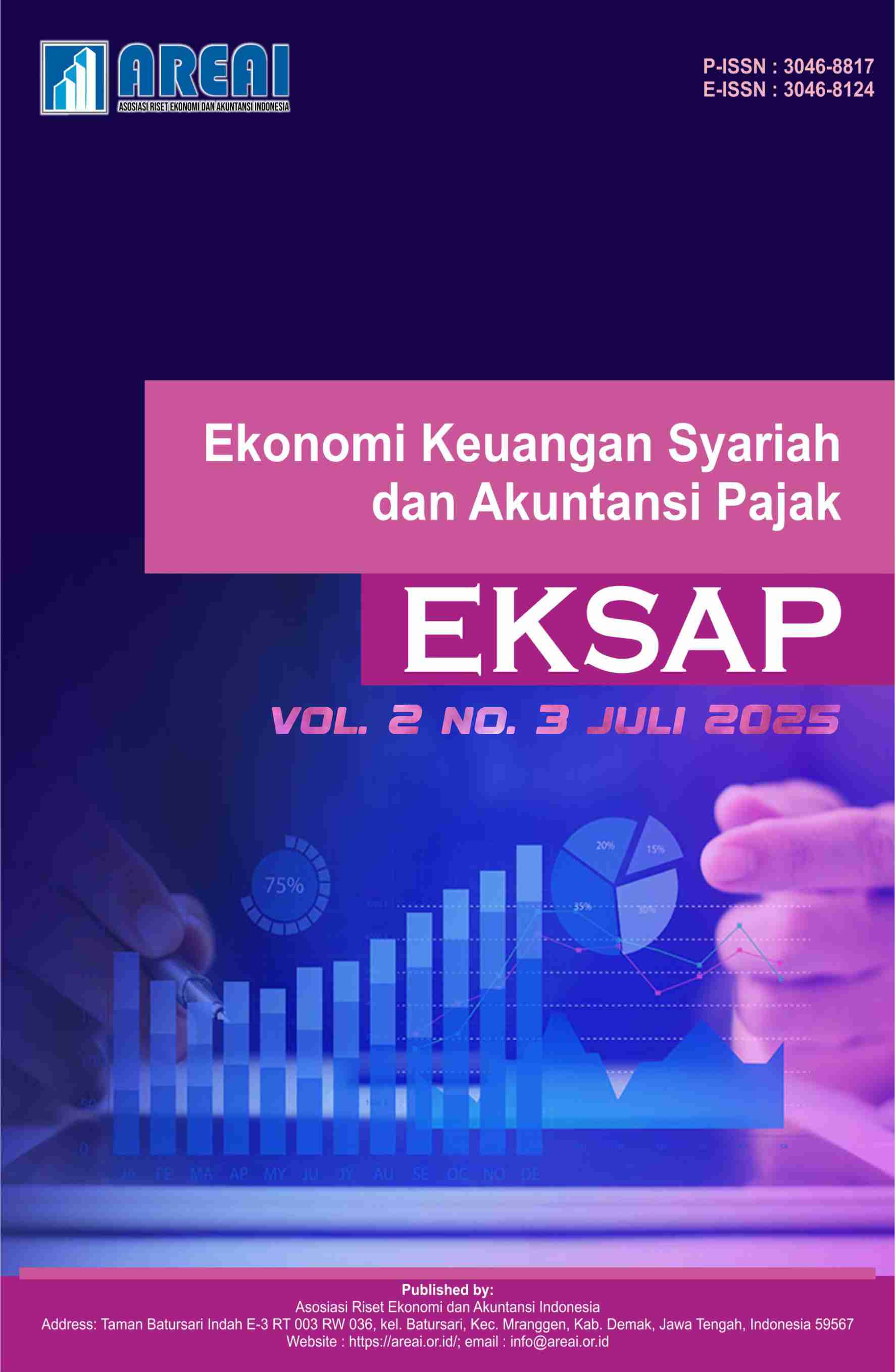Birokrasi SAMSAT Tantangan Penggunaan Teknologi (KIOS-K) dalam Mempercepat Proses Administrasi
DOI:
https://doi.org/10.61132/eksap.v2i3.1317Keywords:
Bureaucracy, SAMSAT, Technology, Public Service, AdministrationAbstract
The application of technology in public services, especially in the Oiterne-Stop Manunggal Administration System (SAMSAT), aims to increase bureaucratic efficiency and transparency. However, the realization of accelerating administrative processes through digital innovation still faces various challenges. This study aims to analyze the obstacles faced in the use of technology in the SAMSAT bureaucracy, both from the internal side of the institution and from the perspective of service users. The research method used is a descriptive qualitative approach with interview techniques and documentation studies of several SAMSAT offices in urban areas. The results of the study show that the main challenges include the limitations of technological infrastructure, the resistance of the apparatus to digital changes, and the lack of digital literacy in some communities. In addition, it was found that technology systems that have not been optimally integrated have slowed down the service process. This study recommends the need for continuous training, improved integrated digital systems, and more effective communication strategies to the public to maximize the role of technology in SAMSAT bureaucratic reform.
Downloads
References
Alamsyah. (2020). [Judul buku atau artikel tidak disebutkan – mohon lengkapi untuk referensi lengkap].
Dwiyanto, A. (2018). Reformasi birokrasi publik di Indonesia. Gadjah Mada University Press.
Firmansyah, I., & Kartika, L. (2024). Peran literasi digital dalam peningkatan kualitas layanan publik berbasis teknologi. Jurnal Inovasi Pelayanan Publik, 9(1), 33–47.
Hidayat, A., & Nuraini, S. (2022). Hambatan digitalisasi birokrasi di tingkat daerah: Perspektif pegawai dan masyarakat. Jurnal Birokrasi dan Pelayanan Publik, 8(3), 75–89.
Nugroho, B., & Syahrul, M. (2021). Tantangan implementasi smart government di Indonesia. Jurnal Manajemen dan Kebijakan Publik, 12(1), 18–32.
Putra, D. A., & Lestari, M. D. (2021). Efektivitas e-government dalam pelayanan publik di Indonesia: Studi pada implementasi E-Samsat. Jurnal Kebijakan dan Administrasi Publik, 11(1), 45–60.
Rahmawati, F., & Subekti, H. (2022). Pengaruh adopsi teknologi terhadap kepuasan masyarakat dalam layanan publik digital. Jurnal Ilmu Sosial dan Administrasi Publik, 7(1), 101–114.
Setiawan, B. (2020). Literasi digital masyarakat dalam mengakses layanan publik berbasis teknologi. Jurnal Komunikasi dan Teknologi Informasi, 8(1), 21–30.
Siregar, A., & Mahendra, I. (2023). Analisis efektivitas layanan SAMSAT digital dalam perspektif masyarakat. Jurnal E-Government Indonesia, 5(2), 44–58.
Susanti, R. (2020). Modernisasi administrasi publik di era digital: Studi kasus pada pelayanan SAMSAT. Jurnal Administrasi Negara, 5(2), 55–67.
Wulandari, T., & Prasetyo, A. (2023). Transformasi digital dalam pelayanan SAMSAT: Analisis infrastruktur dan sumber daya manusia. Jurnal Teknologi Pemerintahan, 6(2), 88–100.
Downloads
Published
How to Cite
Issue
Section
License
Copyright (c) 2025 Ekonomi Keuangan Syariah dan Akuntansi Pajak

This work is licensed under a Creative Commons Attribution-ShareAlike 4.0 International License.





